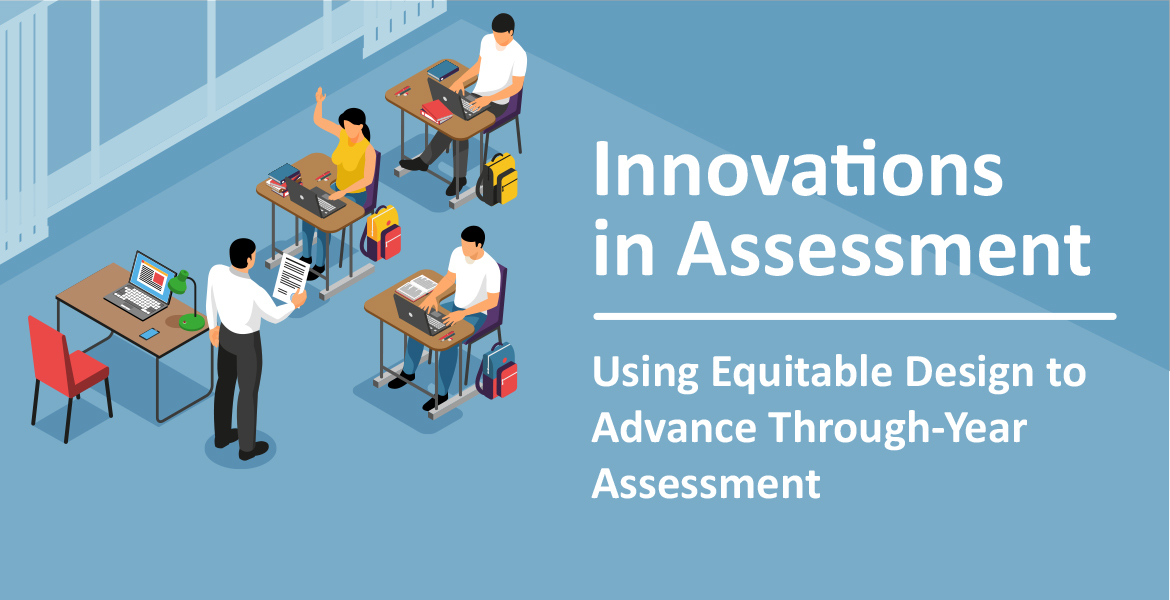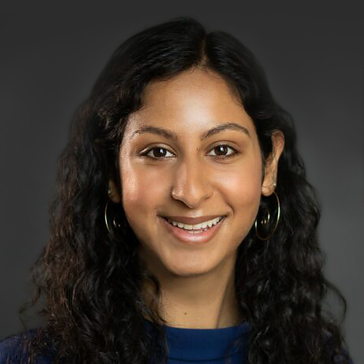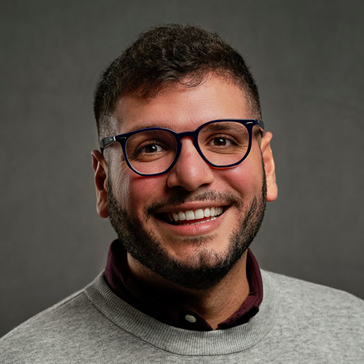December 8, 2022
Current systems of summative assessment have not served the needs of all students, families and teachers. With the recent COVID-19 pandemic, school systems across the country face new assessment challenges. One promising innovation is through-year assessments. The idea is this: instead of one single, high-stakes summative assessment at the end of the year, through-year assessment systems aim to accomplish three things:
- Break up the summative assessment administration into multiple shorter tests throughout the school year
- Connect what students learn to what they are tested on, providing timely feedback to teachers, students and families
- Produce a summative score
While no fully operational through-year assessment systems have undergone federal peer review, a number of states are piloting such models they intend to use for federal accountability.
In the fall of 2021, the Bill & Melinda Gates Foundation, Walton Family Foundation, and the Chan Zuckerberg Initiative seeded funding for Education First to work with assessment developers and state education agencies to pilot and test out through-year models. So far, Ed First has brought together three innovative assessment developers and engaged with leaders from 14+ state education agencies.

Ed First is investing in research and design efforts with assessment developers to prototype three different through-year model approaches this school year.
- The first approach builds on what Louisiana has done since 2018. Through the federal IADA (Innovative Assessment Demonstration Authority) waiver, the state created a high-quality through-year assessment approach aligned to its Guidebooks 2.0 ELA curriculum, which 80 percent of districts use. But what if your district doesn’t use Guidebooks? NWEA is now working with the state, districts and teachers on developing a through-year assessment that will be “curriculum-relevant”—meaning it’s not aligned to a specific curriculum but is built on a review of common themes, texts and domains found among the most commonly used curricula in Louisiana. The goal is to provide the same level of actionable, instructionally-oriented student information to educators as the Guidebooks through-year assessment, and incentive deep engagement in materials and texts throughout the year.
- The second approach is focused on embedding through-year assessments into a specific curriculum—creating a curriculum-aligned assessment. Centerpoint, is working to create a curriculum-aligned through-year assessment that leverages their already created interim assessments and explores the viability of producing a summative score across the multiple administrations. This approach would integrate testing into specific teaching and learning cycles aligned to the adopted curriculum. This approach could improve the test taking experience for students and maximize fairness by reducing background knowledge discrepancies, while providing teachers with actionable information to change their practice and improve student outcomes.
- Finally, the third approach is focused on a scope and sequence aligned system. New Meridian is working with Montana and Louisiana to design and pilot an innovative Instructionally Aligned Assessment System (IAAS) with short, modular assessment “testlets” in ELA and math that can align to local scope and sequences (read more about Montana’s work here). The testlets cover on-grade learning standards and can align with different scopes and sequences—the ultimate goal is that districts and schools will have the flexibility to administer the testlets in the order that best fits their instructional and curriculum needs. For example, the math testlets are organized around 12 “strands” that represent the grade-level content with 10-13 items per testlets. Schools and districts can decide the order to administer the math testlets. This approach allows districts to better connect assessments to learning, creating actionable and timely instructional data, while providing districts flexibility to administer the testlets in the order that works best for their scope and sequence to offer more coherence with their curriculum.
There’s one more innovation involved in how these developers and states are working together: All three developers are incorporating principles of equitable design and engaging with people most proximate to the problem in their pilots. Education First has led efforts to leverage equitable design principles in reimagining assessment systems and has facilitated learning sessions on ways to involve people most affected by this problem (students, families and educators) in the design and solution generation processes. NWEA has included various stakeholders in all aspects of their design, involving educators in item and passage reviews, surveys, and scope report guidance development. They have an advisory group with administrators, teachers, and district leaders who offer advice and provide feedback. Centerpoint and New Meridian have both conducted empathy interviews, conversations to understand a user’s specific experience with something. Centerpoint has also hosted focus groups nationwide to better understand teachers’ and students’ assessment needs. To develop their first testlets, New Meridian convened teachers, school and district leaders this past summer. We believe these partners are positioned to learn alongside students, families and educators to develop better products that meet future needs across communities..
The work is by no means done. Developers and state leaders continue to grapple with critical questions including: How might they approach producing a valid summative score from multiple administrations? How do these models fit within federal and state accountability laws and regulations? How might they continue to engage with end-users in ongoing design and ensure their needs are centered?
We look forward to continuing to learn and invite you to come along with us.
Interested in learning more? Here’s how:
- Dive deeper into our research and design process and see how we are grappling with some of the big questions when it comes to through-year assessments.
- Reach out to our team! You can reach out to Khaled Ismail at kismail@education-first.com.





